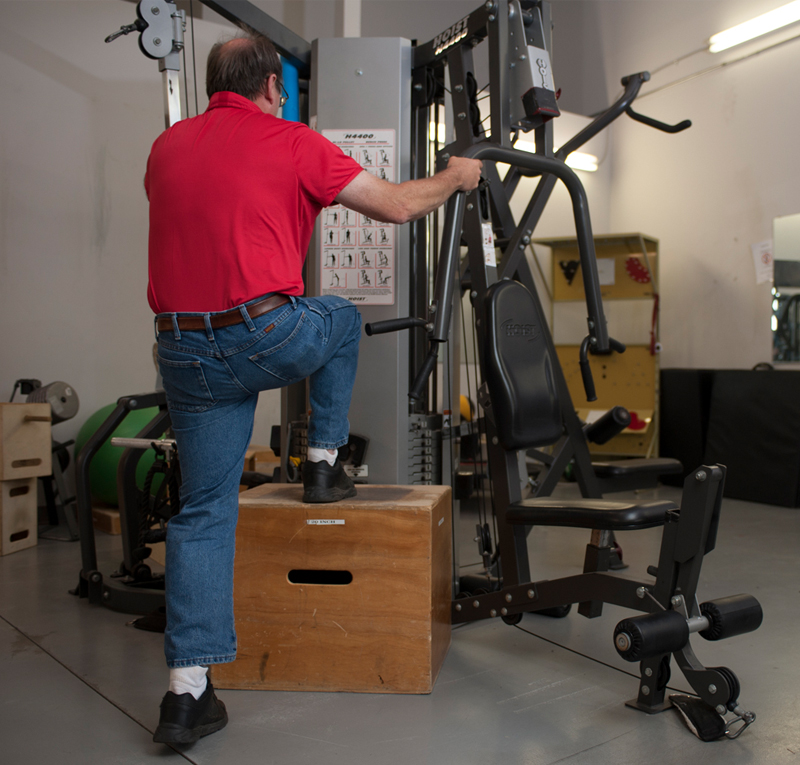Archived Newsletters
Below are downloadable pdf from past newsletters:
2014
August 2014 – Still Missing the Boat When Dealing With Work-Related Injuries?
July 2014 – Is My Employee Ready To Return To Work?
June 2014 – If I Had a Dollar For Every Time…
May 2014 – Such A Pain!
April 2014 – Are Firefighters (And Others) Returning to Work Too Early?
March 2014 – How a Routine Screen Can Save You Thousands of Dollars
February 2014 – How High Is Too High?
January 2014 – Change the Standards for Everyone to Accommodate the Few?
2013
December 2013 – Holiday Stretching
November 2013 – Such a Pain!
October 2013 – Stressing the Truth
September 2013 – What Are You Waiting For?
August 2013 – Signs You May Need an Ergonomic Assessment in the Workplace
July 2013 – How to Get Your Injured Workers Seen Quickly for FCEs and Work Conditioning
June 2013 – Is This Guy For Real?
May 2013 – What Is a Fit For Duty? It Depends On Who You Ask
April 2013 – Stretching at Work
March 2013 – What’s Working When It Comes to Return to Work?
February 2013 – “Water” We Going to Do About Dehydration?
January 2013 – Unconventional Thoughts About Worker’s Comp
2012
December 2012 – Should We Take a Stand?
November 2012 – What Time is the Best Time to Do These?
October 2012 – What If an Employee Fails a Fit for Duty?
September 2012 – Older Workers Mean New Problems for Employers
August 2012 – 8 Reasons Why You Need to Control Your Worker’s Comp Costs
July 2012 – Strength Training in Work Conditioning
June 2012 – Office Ergonomics: One Size Does Not Fit All
May 2012 – “Enough is Enough!”
March 2012 – “But That’s the Way We’ve Always Done It”
January 2012 – “Need to Get Lean and Mean?”
2011
February 2011 – “Work Conditioning”
March 2011 – “How do you Eat an Elephant?”
May 2011 – “Honesty as an Essential Function”
June 2011 – “Is a Repeat FCE Really Necessary?”
July 2011 – “Is Job Stress a Valid Worker’s Comp Claim?”
August 2011 – “Surviving the Cut”
September 2011 – “NC Worker’s Comp Reform, Part 1: Defining Suitable Employment”
October 2011 – Willful Misrepresentation
November 2011 – Are Accommodations Putting Your Employees At Risk?
December 2011 – “Why is Work Condtioning A Frequent Recommendation on an Invalid FCE?”
2010
January 2010 Newsletter- “How to Get Value from an FCE”
March 2010 Newsletter- “What’s Good for Older Workers is Good for All”
April 2010 Newsletter – “The Truth About FCE’s: Art or Science?”
May 2010 Newsletter – “Times Are Changing – Are You Ready”
June 2010 Newsletter – “What if an Employee Fails a Fit-For-Duty?”
July 2010 Newsletter – “Indergard v. Gerogia Pacific – Is an FCE a Medical Exam?”
August 2010 Newsletter – “Work Conditioning BEFORE Starting a Job?”
October 2010 Newsletter – “Baggy Pants”
November 2010 – “Questionable FCE’s”
December 2010 – “Is Obesity a Worker’s Comp Issue?”
2009
February 2009 Newsletter – “The Economy”
March 2009 Newsletter – “Timing is Everything”
April 2009 Newsletter – “Losing Control”
May 2009 Newsletter – “Objective Information is Power”
June 2009 Newsletter – “New AMA Guidelines for FCE”
July 2009 Newsletter – “Would You Hire These People?”
August 2009 Newsletter – “10 Myths About the New ADA That Will Cost You”
October 2009 Newsletter – “Think Work Conditioning is Expensive? Think Again!”
November 2009 Newsletter – “Show Me the Money “
December 2009 Newsletter – “Stay at Work or Return to Work—What’s the Big Deal?”
2008
February 2008 Newsletter – “Taking Care of Our Aging Workforce”
April 2008 Newsletter – “MSD Prevention 2”
June 2008 Newsletter – “Physical Therapy as First Aid”
August 2008 Newsletter – “The ADA Restoration Act”
October 2008 Newsletter – “Wellness Begins at the Time of Hire”
December 2008 Newsletter – “Top 5 Road Blocks to Return to Work”
2007
January 2007 Newsletter – “Hiring Practices Linked to Worker’s Compensation Injuries”
March 2007 Newsletter – “Job Analysis: Keystone for Safe Return to Work”
April 2007 Newsletter – “Work Hardening vs. Work Conditioning”
May 2007 Newsletter – “The Return to Work Test”
August 2007 Newsletter 1 – “Sincerity of Effort Testing”
August 2007 Newsletter 2 – “Fit For Duty”
October 2007 Newsletter – “Return to Work Test”
December 2007 Newsletter – “How Job Descriptions Can Prevent Injuries”
2006
June 2006 Newsletter – “What to Do With an Invalid FCE”
August 2006 Newsletter – “The Aging Workforce”
October 2006 Newsletter – “Better, But Not Back to Work?”








